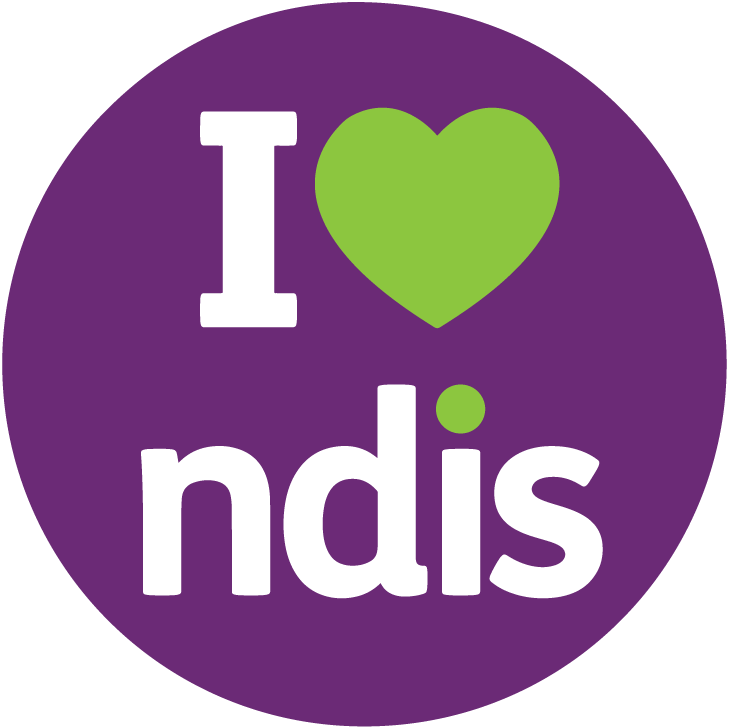The world of therapeutic services is vast, encompassing various disciplines, each with its unique approach and scope. Within this expanse, Physiotherapy and Exercise Physiology are two significant pillars. While both fields aim to optimise physical health and function, they have distinctive areas of focus. Understanding these differences is crucial when navigating the NDIS landscape and planning for the most suitable therapeutic interventions.
Physiotherapy: An Overview
Physiotherapy focuses on diagnosing, treating, and preventing a broad spectrum of health conditions affecting muscles, bones, the heart, the circulation, and the lungs. Physiotherapists use various techniques to enhance or restore function and movement. These may include manual therapy, exercise programs, electrotherapy techniques, and advice on movement and lifestyle changes.
Exercise Physiology: An Overview
Exercise Physiologists specialise in clinical exercise interventions for people with a broad range of health issues. Their aim is to prevent or manage chronic disease or injury, and assist in restoring optimal physical function, health or wellness. These interventions are exercise-based and include health and physical activity education, advice and support, and lifestyle modification with a strong focus on achieving behavioural change.
Key Differences Between Physiotherapy and Exercise Physiology
While both Physiotherapy and Exercise Physiology utilise movement and exercise in their treatment protocols, there are distinct differences:
1. Approach to Treatment:
Physiotherapists often work with acute injuries or illnesses, aiming to restore immediate functionality and alleviate pain. On the other hand, Exercise Physiologists typically focus on long-term health outcomes, working to manage chronic conditions and improve overall physical wellbeing through tailored exercise programs.
2. Scope of Practice:
Physiotherapy encompasses a wider scope, dealing with a broader range of conditions affecting various systems in the body. Exercise Physiology primarily targets the prevention and management of chronic diseases, rehabilitation, and performance training.
3. Techniques Used:
While both fields utilise exercise prescription, Physiotherapy also employs manual therapy techniques, such as mobilisation, manipulation, and massage. In contrast, Exercise Physiology revolves around creating customised exercise regimes that tackle specific health issues and improve general wellbeing.
4. NDIS Coverage:
Under the NDIS, both Physiotherapy and Exercise Physiology services are covered, but they are listed under different support categories. It’s essential to understand this when developing your NDIS plan.
Conclusion
Both Physiotherapy and Exercise Physiology play vital roles in managing health and enhancing physical function. Their differences lie in their treatment approaches, focus areas, and techniques used. By understanding these differences, NDIS participants can make informed decisions, ensuring they receive the most suitable therapeutic services tailored to their individual needs and goals.


